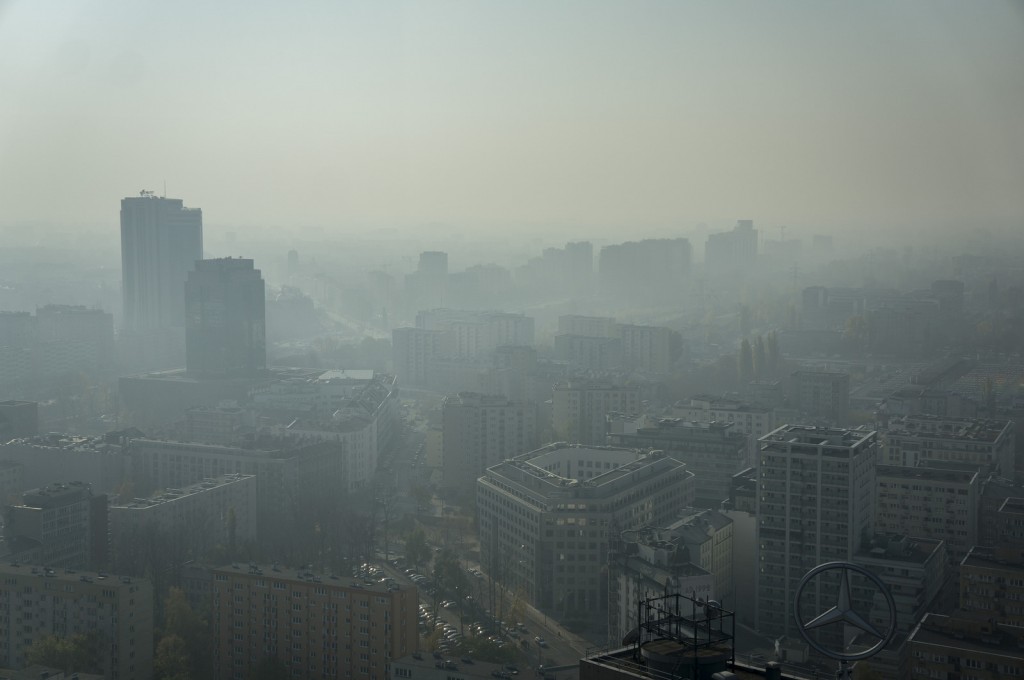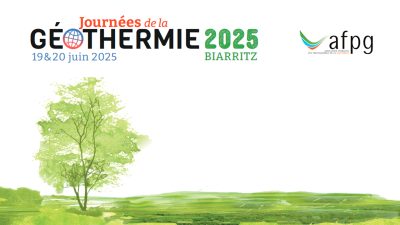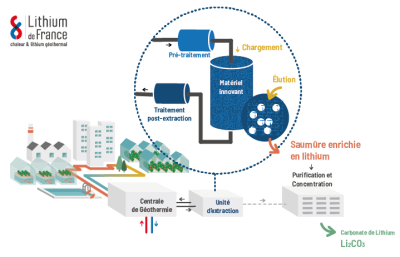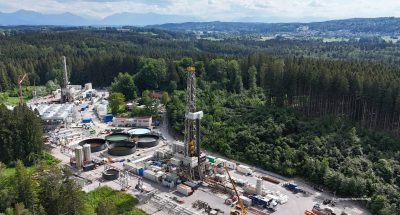Geothermal energy could be solving the energy dilemma of European cities
With low costs of operating and large impact on cutting back on emissions, geothermal energy presents the solution for the challenges faced by cities in the context of climate change, so the European Geothermal Energy Council.
?Cities dominate energy demand. About 74% of Europe’s population lives in cities, and urban areas account for 60-80% of carbon emissions.[1] Weaning our cities off fossil fuels and replacing these with geothermal and other renewables is key.
Geothermal district heating and cooling (DHC) provides comfort with space heating and/or conditioned air to each citizen in individual housing, commercial, industrial buildings, and public facilities while reducing carbon emissions. The same geothermal resource can be also used for producing heating, cooling, electricity and allowing thermal storage in the underground, while protecting consumers against volatile fossil fuels prices. In this sense, the French agency ADEME confirmed that when applying geothermal to existing DHC networks in France – it can reduce the household energy bills to as low as EUR15 per MWh compared to fossil gas, which had the lowest cost of EUR61 per MWh. It is important to underline that the above-mentioned costs for fossil gas does not include a price on its carbon emissions.
According to the European Geothermal Energy Council (EGEC), Europe is the leading global market for geothermal DHC with 5.5 GWth of installed capacity in 2019.[2] This year also marked a continued increase in the deployment of geothermal DHC systems in Europe, as 11 new systems were commissioned during 2019, adding 130 MWth of additional capacity.
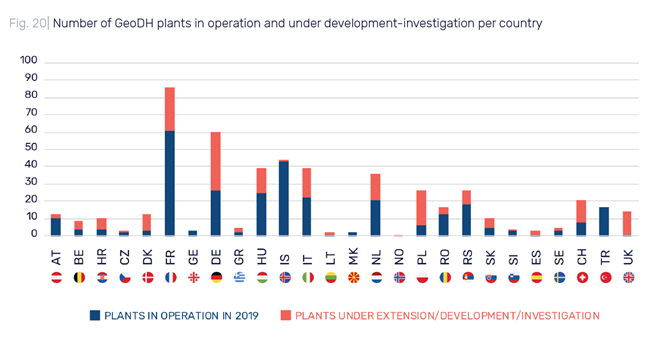
(source: European Geothermal Energy Council – EGEC Market Report 2019)
The trend of ongoing projects indicates a rapid acceleration in leading markets. A concrete example in this sense is the Netherlands – the country moved from no use of geothermal DHC to the top 5 European countries with the largest geothermal installed capacity in 12 years.
What is needed to further enhance this trend?
Sound and stable policy and regulatory frameworks are important. Effective policy-driven solutions, such as establishing de-risking schemes and providing the right financial incentives, are essential for delivering successful geothermal DHC projects:
- On the European level, renewable H&C technologies are already the most affordable option on the market. To further support their competitiveness, DHC systems should be recognised as Projects of Common Interest within the framework of the Connecting Europe Facility (CEF) and the Trans-European Networks for Energy (TEN-E). Moreover, an effective set of policies that would reflect the actual system costs and negative externalities of gas, hydrogen and wide electrification, as well as the implementation of carbon pricing, would further enhance the competitiveness of geothermal and other RHC technologies.
- On the national level, local governments are the driving force of these projects. For example, local authorities in France (Strasbourg) and Germany (Munich) are leading the European market in the number of geothermal projects in developments, with 41 ongoing in France and 36 in Germany.
Geothermal DHC systems can be installed almost anywhere in Europe, covering 25% of the EU population. Local authorities can now use available resources to start planning and implementing geothermal heating and cooling:
- GeoDH Geographical Information System – an online system prepared by the EU funded project GeoDH, which presents the geothermal resource assessment and highlights the areas suitable for geothermal DHC networks.
- Developing geothermal district heating in Europe – a summary of the main results of the GeoDH project which provides an expert view on the state of technology, resource assessment and market development, licensing procedures and key recommendations for policymakers.
- Report on Risk Assessment – prepared by the EU funded project Georisk, it highlights an evaluation of the risks that geothermal projects in the target countries are currently facing and solutions to overcome these.
Source: Reghina Dimitrisina, EGEC via Celsiuscity
Relevant toolbox articles:
References:
[1] The Conversation, We examined 885 European cities’ plans to tackle climate change – here’s what we found
[2] EGEC 2019 Market Report, https://www.egec.org/the-geothermal-energy-market-grows-exponentially-but-needs-the-right-market-conditions-to-thrive/
